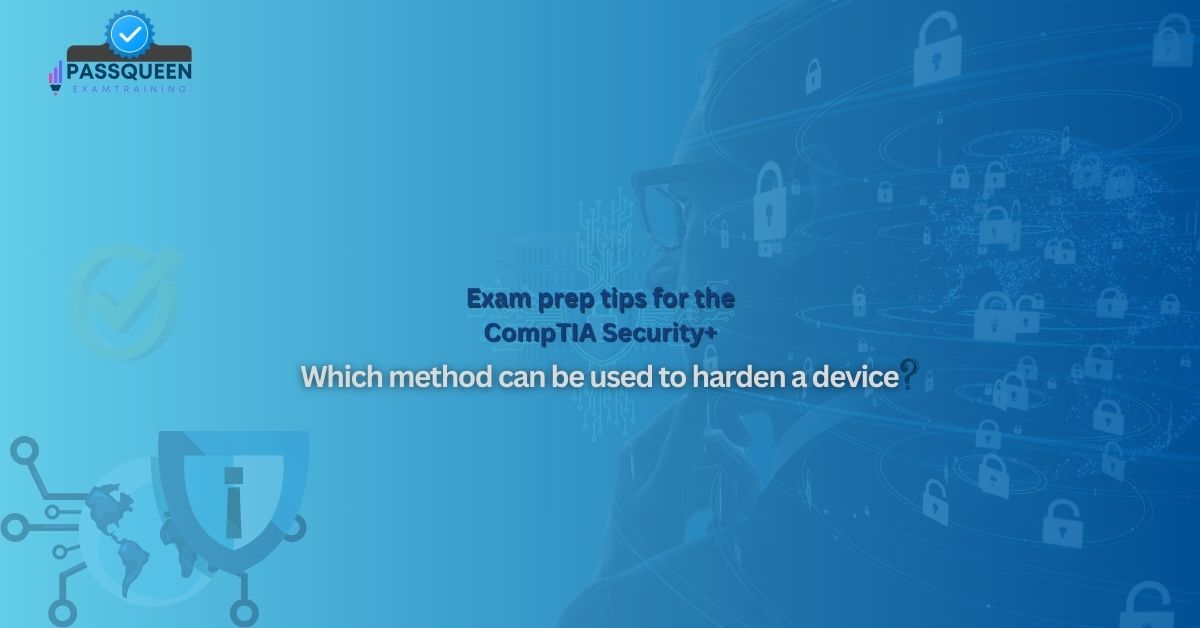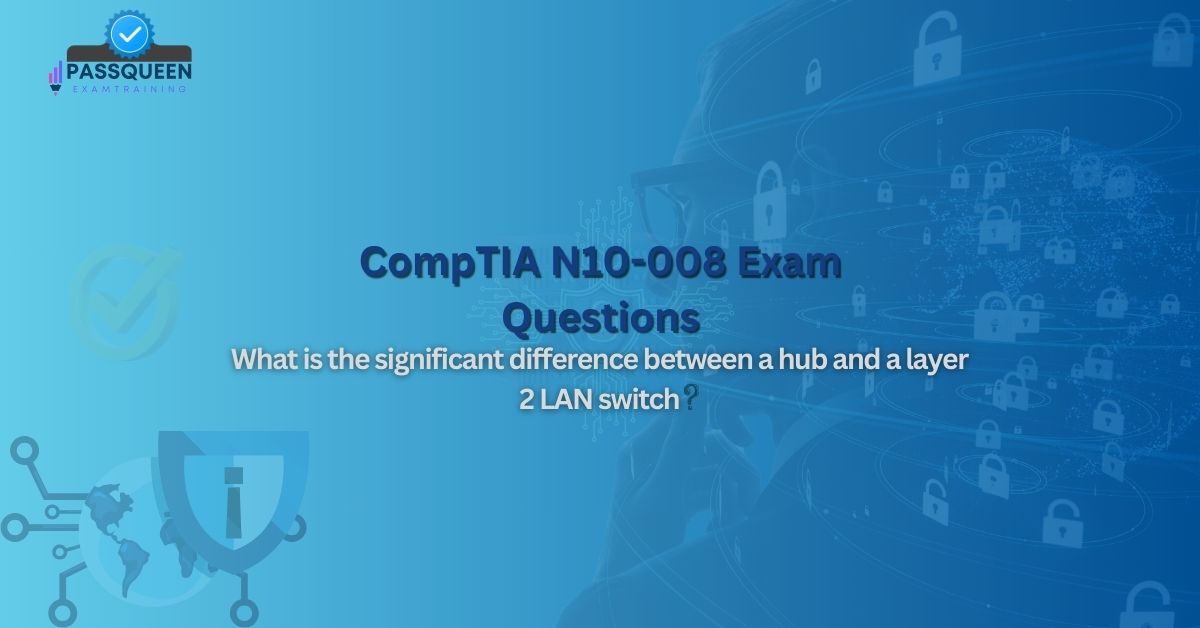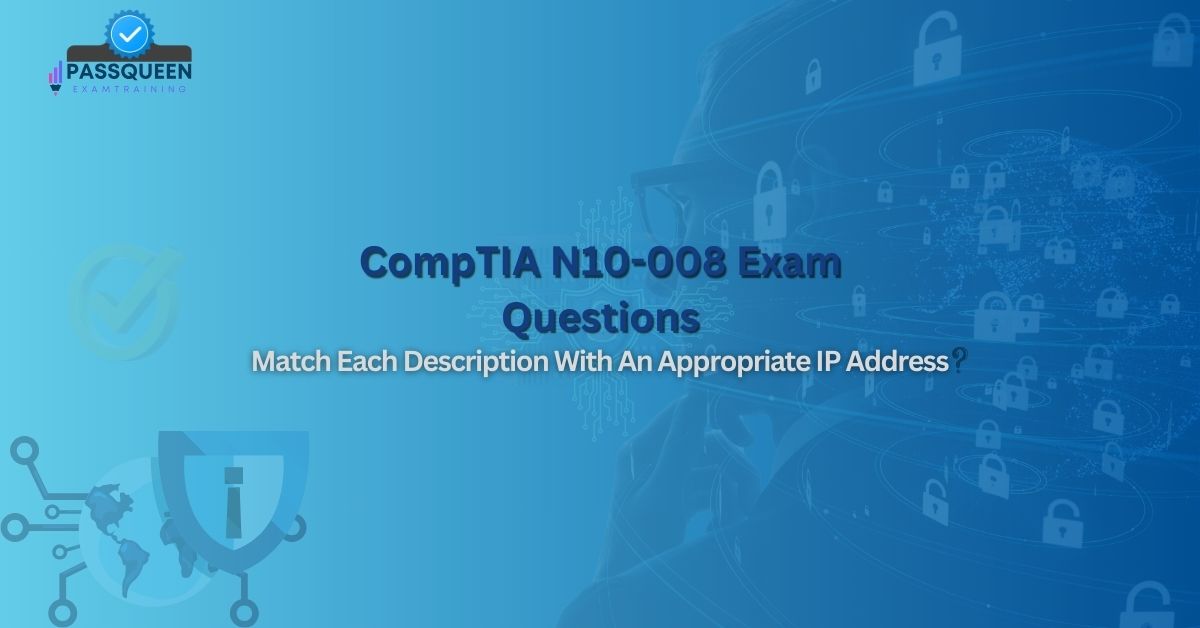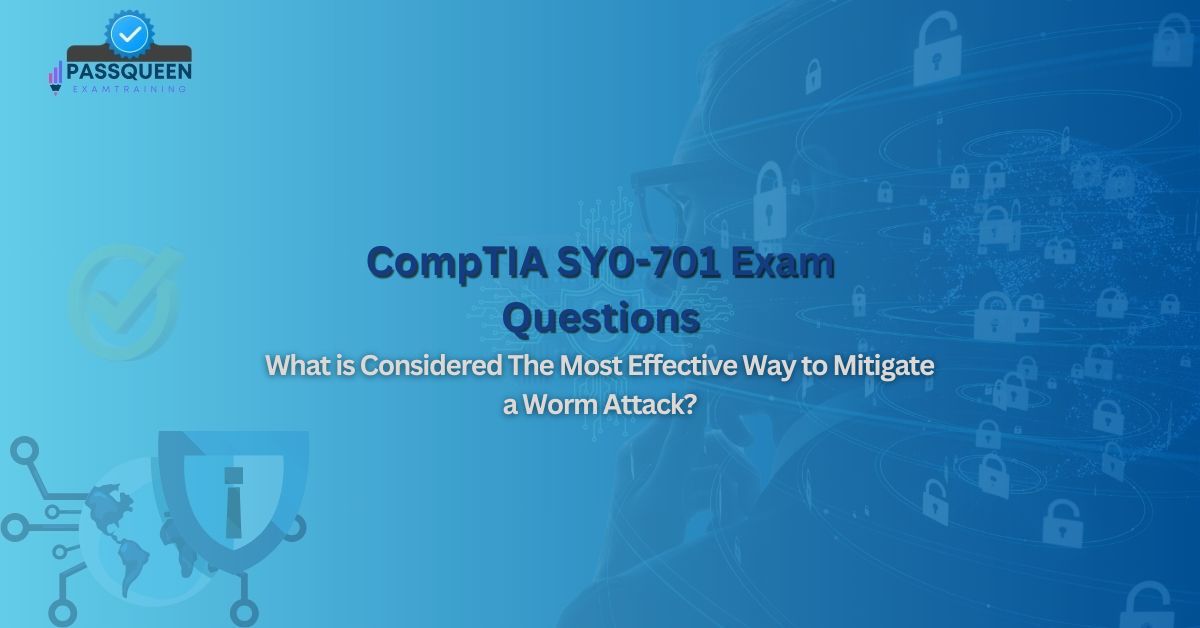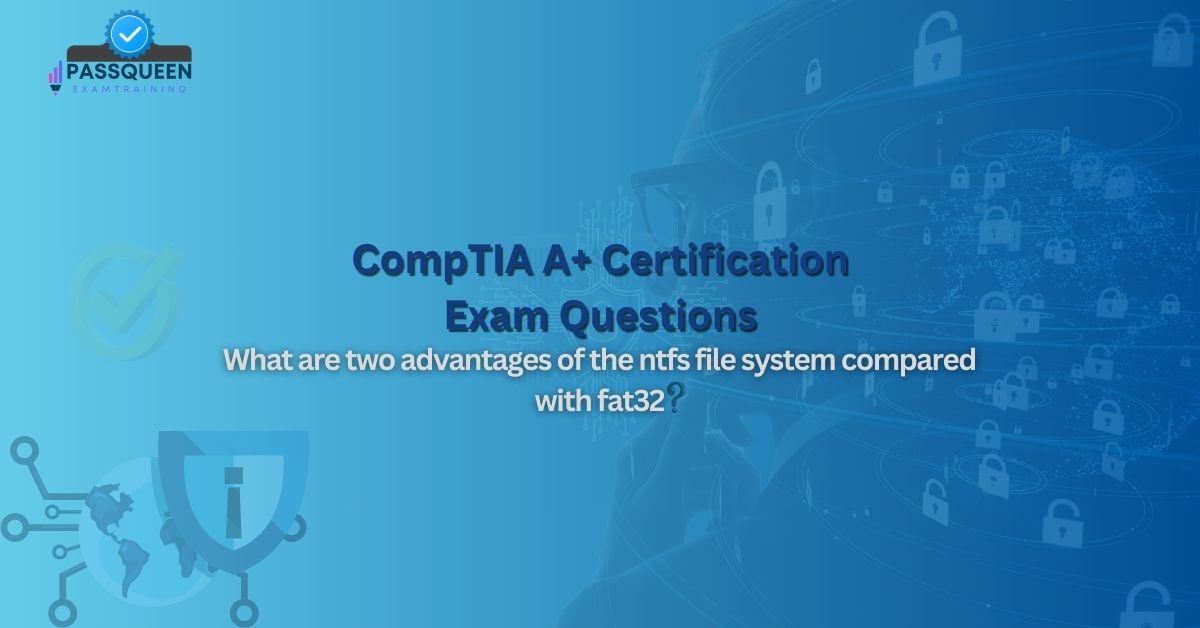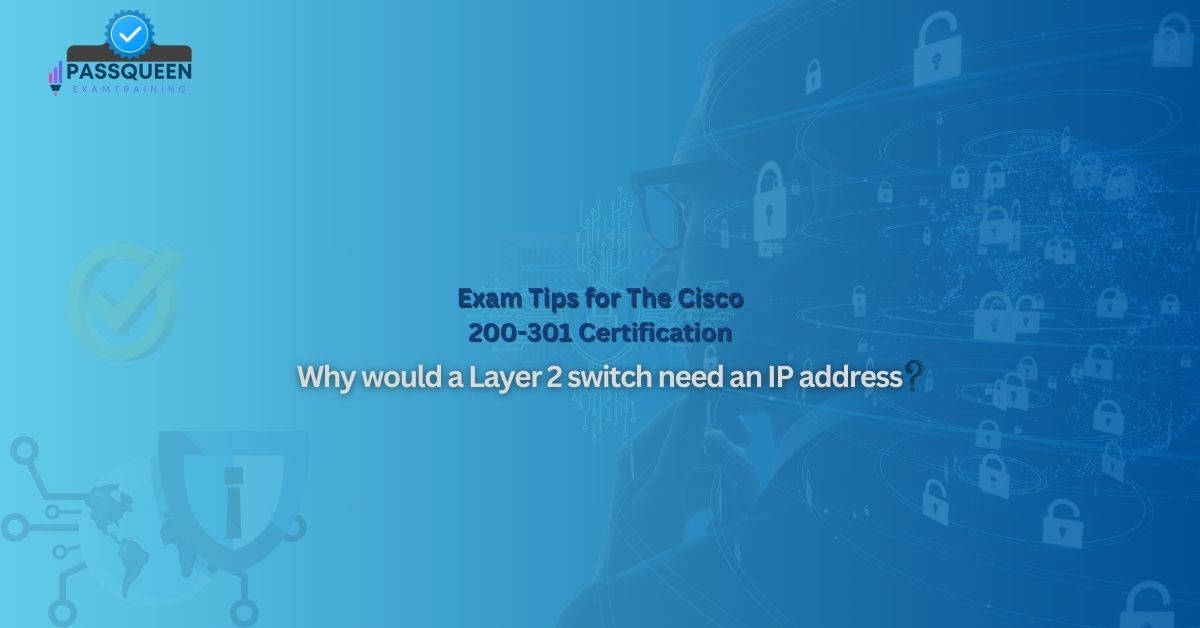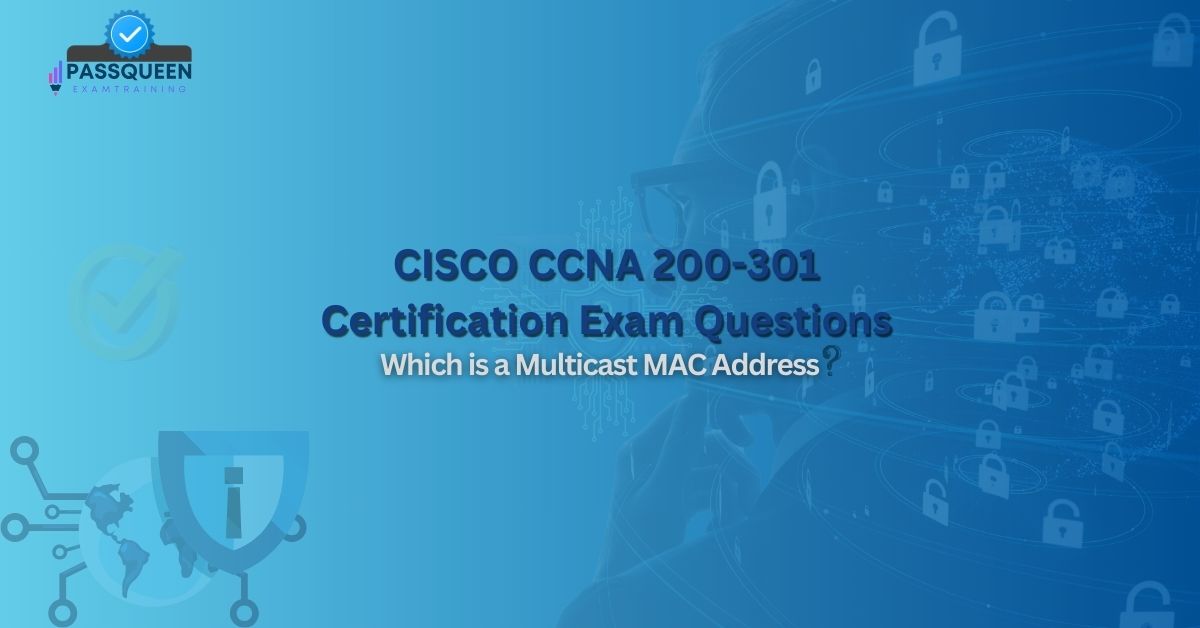Introduction
In the intricate world of networking, IP addressing and subnet masks are foundational concepts that dictate how devices communicate across local and global networks. For professionals aiming to earn the CompTIA Network+ certification through the CompTIA N10-008 Exam Dumps, a deep understanding of these topics is non-negotiable. An IP address identifies a device, while a subnet mask defines the scope of its network—together, they ensure data reaches its intended destination efficiently. This article explores the purpose and function of subnet masks, their practical applications, and their critical role in the N10-008 exam, spotlighting how PassQueen equips learners with the tools to succeed.
The N10-008 exam tests a candidate’s ability to configure, manage, and troubleshoot networks—skills that hinge on mastering IP addressing and subnet masks. Whether calculating subnet ranges or diagnosing connectivity issues, these concepts appear in both theoretical and hands-on exam questions.
Overview of IP Addressing and Subnet Masks
An IP address is a unique numerical label assigned to each device on a network, enabling it to send and receive data. In IPv4, this 32-bit address is expressed in dotted-decimal notation (e.g., 192.168.1.100), split into a network portion (identifying the network) and a host portion (identifying the device). The division between these portions isn’t inherent to the address alone—it’s defined by the subnet mask.
A subnet mask is a 32-bit number, often written as four octets (e.g., 255.255.255.0) or a prefix length (e.g., /24), that specifies which bits of the IP address represent the network and which represent the host. A “255” (binary 1s) marks network bits, while a “0” (binary 0s) marks host bits. For example, 255.255.255.0 indicates the first 24 bits are for the network, leaving 8 bits for hosts—allowing up to 256 addresses in that subnet.
Primary Purpose of the Subnet Mask with an IP Address
The primary purpose of a subnet mask, when paired with an IP address, is to delineate the network boundary, enabling devices to determine whether a destination is local or remote. Without a subnet mask, an IP address lacks context—it’s just a number. The mask provides the critical information needed to split the address into its network and host components, facilitating efficient communication.
For example, take the IP address 192.168.1.100 with a subnet mask of 255.255.255.0 (/24). The mask indicates that the first three octets (192.168.1) define the network, and the last octet (100) identifies the host. If another device has the IP 192.168.1.200 with the same mask, they share the same network (192.168.1.0) and can communicate directly. If the IP were 192.168.2.200, the differing network (192.168.2.0) signals the need for a router.
This purpose is foundational to network design, IP routing, and troubleshooting—all key areas of the N10-008 exam. PassQueen’s study resources excel at clarifying this role, ensuring learners understand its significance and application.
How the Subnet Mask Functions in Practice
In practice, subnet masks function through a process called bitwise ANDing. When a device sends data, it ANDs its IP address with its subnet mask to calculate the network address. It then performs the same operation with the destination IP. If the network addresses match, the devices are on the same subnet, and communication is direct. If they differ, the data is sent to a gateway for routing.
Consider this scenario:
- Source IP: 172.16.1.10
- Subnet Mask: 255.255.255.0
- Destination IP: 172.16.1.50
ANDing 172.16.1.10 with 255.255.255.0 yields 172.16.1.0. The same operation on 172.16.1.50 gives 172.16.1.0. Since they match, the data stays local. If the destination were 172.16.2.50, the network address would be 172.16.2.0, requiring routing.
Subnet masks also enable subnetting, splitting a larger network into smaller subnetworks. For instance, a /16 network (65,536 addresses) can be divided into /24 subnets (256 addresses each) using a mask of 255.255.255.0. This enhances organization and security—skills tested in N10-008.
Relevance to N10-008 Exam Dumps
The N10-008 exam places significant emphasis on IP addressing and subnet masks, appearing in multiple-choice questions, subnetting calculations, and performance-based tasks. Candidates might be asked to identify a network address (e.g., “What is the network for 10.0.1.75/26?”) or design a subnet for 50 hosts. Troubleshooting scenarios, like resolving communication failures due to mismatched masks, are also prevalent.
PassQueen’s exam dumps are a game-changer here. Offering a robust collection of N10-008-aligned questions, PassQueen provides realistic practice that mirrors the exam’s scope and difficulty. Its detailed answer breakdowns clarify subnet mask logic and common errors, ensuring learners are prepared for every angle of this topic.
Practical Examples
Real-world examples anchor subnet mask knowledge and align with N10-008 goals:
- Home Network: A laptop (192.168.1.10/24) pings a smart TV (192.168.1.20/24). Both share the network 192.168.1.0, so communication is direct—no router needed.
- Corporate Subnetting: A company uses 10.1.0.0/16 and subnets it into /24 ranges (e.g., 10.1.1.0/24 for HR, 10.1.2.0/24 for IT). Subnet masks keep departments separate yet manageable.
- Connectivity Issue: A PC (192.168.1.10/24) can’t reach a server (192.168.1.130/25). The /25 mask (255.255.255.128) splits the range into 192.168.1.0 and 192.168.1.128, placing them in different subnets—a classic N10-008 troubleshooting case.
Study Tips to Prepare for N10-008 Exam
Conquering IP addressing and subnet masks for N10-008 requires a blend of theory, practice, and the right resources. Here’s how:
- Build a Foundation: Start with IP address structure and subnet mask purpose.
- Master Subnetting: Practice calculating network addresses, host counts, and subnet ranges.
- Learn Binary Math: Convert between decimal and binary for ANDing.
- Leverage Exam Dumps: Test yourself with N10-008-style questions.
- Simulate Networks: Use Packet Tracer to configure and test subnets.
- Troubleshooting Focus: Study subnet-related issues (e.g., mask mismatches).
Conclusion
IP addressing and subnet masks are the cornerstones of network communication, with the subnet mask’s role in defining network boundaries being paramount. For the N10-008 exam, this knowledge is tested rigorously, from subnet calculations to real-world problem-solving. Mastery of these concepts opens the door to certification and career growth.
PassQueen is the ultimate companion on this journey. With its expertly designed resources, realistic exam dumps, and practical focus, It transforms complex topics into manageable, conquerable skills. As you prepare for the N10-008 exam, let it guide you to success—your CompTIA Network+ certification is within reach.
Sample CompTIA N10-008 Dumps Questions for Exam Prep
What is the purpose of the subnet mask in conjunction with an IP address?
A. To encrypt the IP address for secure transmission
B. To define the network portion of the IP address
C. To assign a unique MAC address to the device
D. To determine the speed of data transmission
Correct Answer: B
Explanation: The subnet mask’s primary purpose is to define the network portion of an IP address, separating it from the host portion. This allows devices to identify whether a destination is on the same network or requires routing, facilitating efficient communication.


